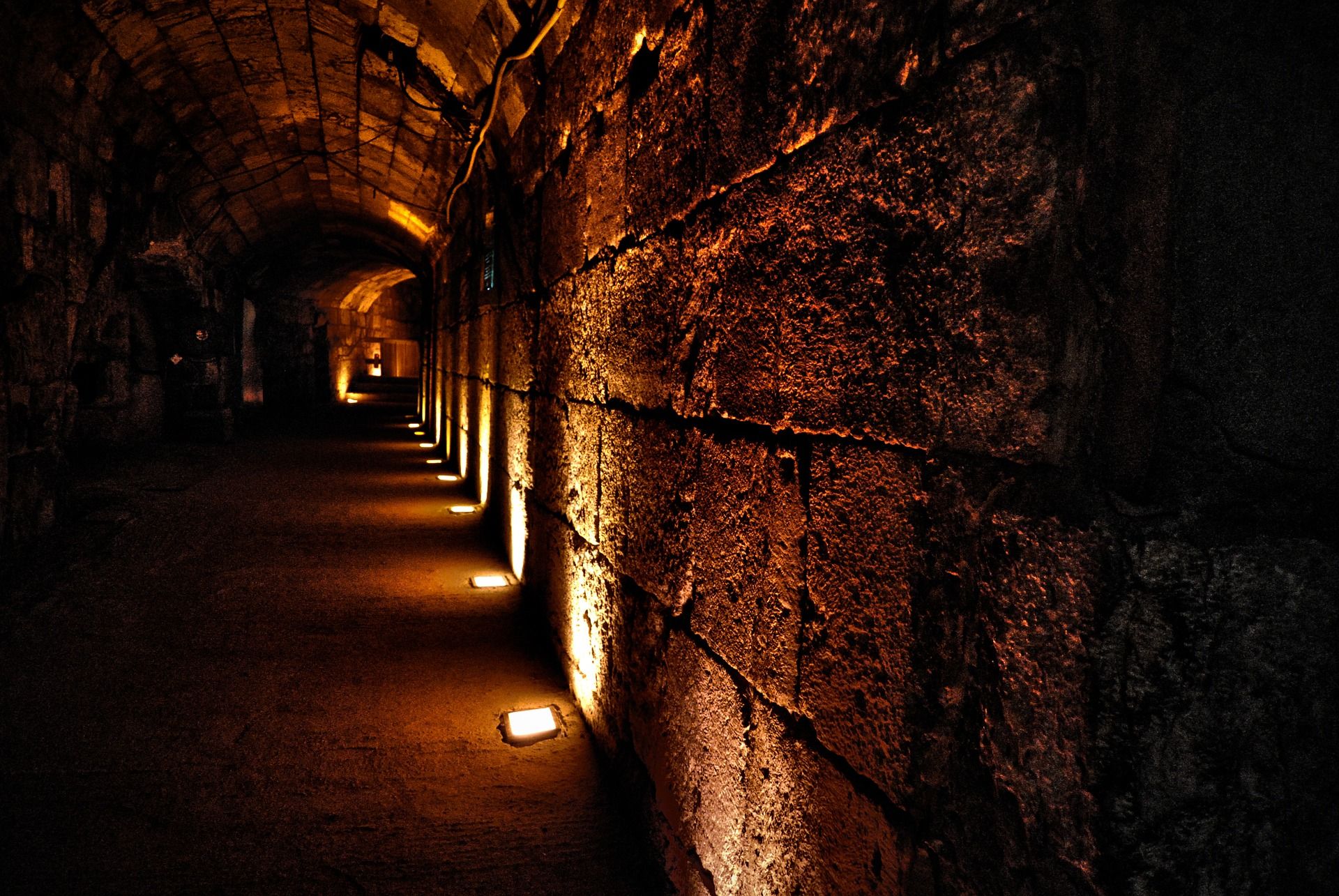Some Of The Most Common And Hard To Understand Lighting Terms
When it comes to lighting there is a lot of tricky terminology that you’ll need to try and understand if you want to make the best choices for your lighting, whether you are after something new for your home, office or any other environment.

If you’re shopping for new light bulbs or fixtures, it’s likely that you’re spending a lot of time on websites searching for the best options for you.
When it comes to lighting there is a lot of tricky terminology that you’ll need to try and understand if you want to make the best choices for your lighting, whether you are after something new for your home, office or any other environment.
Read on for explanations of some of the most hard to understand lighting terms.

Accent Light
This refers to any source from almost any direction which is used in addition to
more basic lights to call attention to an object or area - not the lighting itself.
Arc Light
This is a very large, near-daylight, carbon-arc source that was used to shoot
Hollywood blockbusters - now rivalled by HMI and MSR Lights.
Ballasts
In a fluorescent lighting system, the ballast regulates the current to the lamps and
provides sufficient voltage to start the lamps. Without a ballast to limit its current, a fluorescent lamp connected directly to a high voltage power source would rapidly and uncontrollably increase its current draw.
Photo by Efe Kurnaz / Unsplash
LED Lighting
It’s likely that you’ve heard LED lighting being spoken about a lot, with many
people choosing to adapt their home lighting to LED. This is because it is one of the most energy-efficient light sources that you can choose.
A light-emitting diode (LED) is a two-lead semiconductor light source. It is a p–n
junction diode that emits light when activated. When a suitable voltage is applied to the leads, electrons are able to recombine with electron holes within the device,
releasing energy in the form of photons.
We stock a wide range of LED lights on our website.
Circuit
A pathway for the flow of electrons, including capacitors, resistors, and/or
transistors, connected by wires through which electrical current flows. If there is
only one path for the current, the circuit is called a "Series Circuit". If there are multiple paths, the circuit is called a "Parallel Circuit".
Colour Temperature
A measure of the colour appearance or hue of a light source which helps describe
the apparent "warmth" (reddish) or "coolness" (bluish) of that light source.
Generally, light sources below 3200K are considered "warm;" while those above 4000K are considered "cool" light sources.

